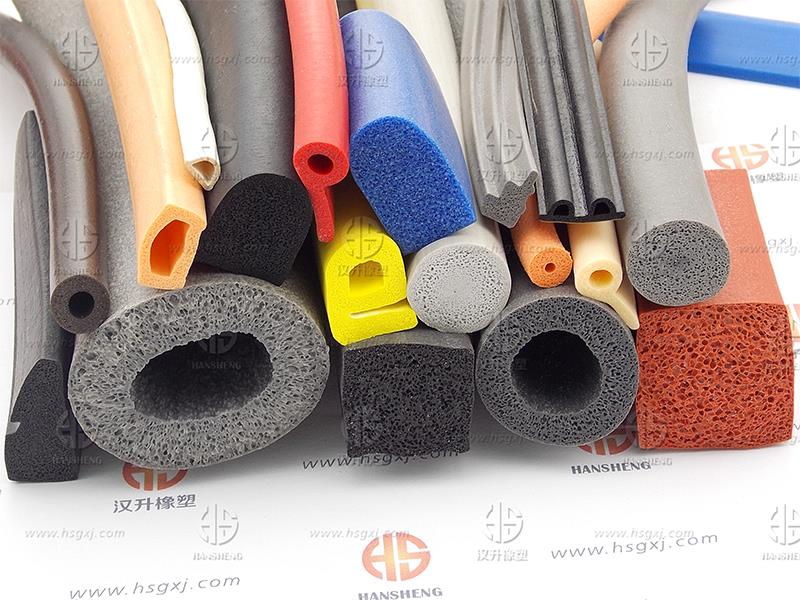
— News —
Location: Home → News → Company News
EPDM rubber classification
Publish:2022-12-09 View:571
1. Low density and high filling
The density of ethylene propylene rubber is a low rubber, its density is 0.87. In addition, it can be filled with a large amount of oil and filler, so it can reduce the cost of rubber products, make up for the shortcomings of high price of ethylene propylene rubber, and for the high value of ethylene propylene rubber, high filling after the physical mechanical energy reduction range is not big.
2. Aging resistance
Ethylene propylene rubber has excellent weather resistance, ozone resistance, heat resistance, acid and alkali resistance, water vapor resistance, color stability, electrical properties, oil filling and room temperature fluidity. Ethylene propylene rubber products can be used for a long time at 120℃, and can be used briefly or intermittently at 150-200 ℃. Adding suitable antiaging agent can increase its temperature. Epdm crosslinked by peroxide can be used under harsh conditions. Epdm rubber can reach more than 150h without cracking under the condition of ozone concentration 50pphm and stretching 30%.
3. Corrosion resistance
Due to the lack of polarity and low unsaturation of ethylene propylene rubber, it has good resistance to various polar chemicals such as alcohol, acid, base, oxidant, refrigerant, detergent, animal and plant oil, one and fat. But in the lipid and aromatic solvents (such as gasoline, benzene, etc.) and mineral oil stability is poor. Under the long-term action of concentrated acid, the performance will also decline. In ISO/TO 7620, a collection of nearly 400 kinds of corrosive gas and liquid chemicals on the performance of various rubber information, and specifies the 1-4 level of its role, the impact of corrosive chemicals on rubber performance
The density of ethylene propylene rubber is a low rubber, its density is 0.87. In addition, it can be filled with a large amount of oil and filler, so it can reduce the cost of rubber products, make up for the shortcomings of high price of ethylene propylene rubber, and for the high value of ethylene propylene rubber, high filling after the physical mechanical energy reduction range is not big.
2. Aging resistance
Ethylene propylene rubber has excellent weather resistance, ozone resistance, heat resistance, acid and alkali resistance, water vapor resistance, color stability, electrical properties, oil filling and room temperature fluidity. Ethylene propylene rubber products can be used for a long time at 120℃, and can be used briefly or intermittently at 150-200 ℃. Adding suitable antiaging agent can increase its temperature. Epdm crosslinked by peroxide can be used under harsh conditions. Epdm rubber can reach more than 150h without cracking under the condition of ozone concentration 50pphm and stretching 30%.
3. Corrosion resistance
Due to the lack of polarity and low unsaturation of ethylene propylene rubber, it has good resistance to various polar chemicals such as alcohol, acid, base, oxidant, refrigerant, detergent, animal and plant oil, one and fat. But in the lipid and aromatic solvents (such as gasoline, benzene, etc.) and mineral oil stability is poor. Under the long-term action of concentrated acid, the performance will also decline. In ISO/TO 7620, a collection of nearly 400 kinds of corrosive gas and liquid chemicals on the performance of various rubber information, and specifies the 1-4 level of its role, the impact of corrosive chemicals on rubber performance
Recommend






